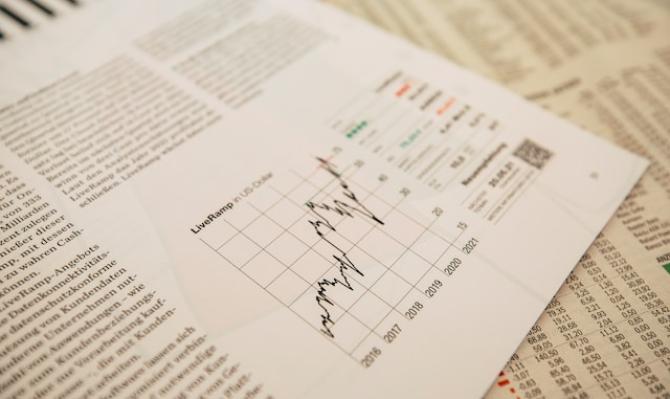Winds of change for monetary policy
Having launched the most intense monetary tightening cycle of recent decades, it appears that the central banks are on track to solve the unexpected upturn in inflation which the international economy has had to cope with since the first half of 2021.

Having launched the most intense monetary tightening cycle of recent decades, it appears that the central banks are on track to solve the unexpected upturn in inflation which the international economy has had to cope with since the first half of 2021. At least, that is what the shift in monetary policy expectations since the first half of November is anticipating, as better than expected CPI records in the US, the euro area and Great Britain not only ruled out the prospect of further rate hikes, but also opened the door to potential rate cuts as soon as Q2 2024. Thus, investors are now anticipating rate cuts of 125 bps on both sides of the Atlantic in the next 12 months. This has translated into sharp declines in sovereign yields (of between 50 and 80 bps for 10-year maturities) and in the 12-month Euribor (which has dropped from 4.1% to 3.7%), as well as triggering rallies in the main stock market indices (which are up almost 10% in four weeks) and reducing financing costs among private issuers, with reductions ranging from 50 bps for investment-grade European companies to 110 bps in the case of high-yield issuers.
The result of this risk-on movement, besides the rally in the value of investment portfolios of all kinds, has been a significant easing of financial conditions, anticipating the monetary policy shift that is expected in 2024. The basis underpinning this shift in expectations is well-founded; indeed, the underlying trend in prices appears to be approaching 3%, a far cry from the highs of 2022 (6%), indicating that the hardest work for the central banks is now behind them. Several measures of inflation momentum appear to corroborate this hypothesis, including the seasonally adjusted (and annualised) version of the CPI published by the ECB (with 3.0% headline CPI and 2.0% in the case of the core index last month) and the pattern in key components of the US price index, such as shelter (+0.3% in October). From here on, the «idyllic» scenario which the markets are anticipating for 2024 has two weaknesses: the need for central banks to remain firm in their monetary policy tone until they see conclusive indications that there are no major hurdles in the last mile (inflation moving between 3% and 2%) and, related to this, the assumption that this faster correction in inflation can be achieved at a very moderate cost in terms of economic activity. In short, the behaviour of the financial markets since 13 November assumes that the economy will make a soft, even immaculate landing, without any collateral damage or risks of new shocks on the horizon. Therefore, in this game of cat and mouse between investors and central banks, over the coming weeks it will be the monetary authorities’ turn to try, through well-calibrated communication, to reel in the recent euphoria of the financial markets which could otherwise act as a hindrance for achieving their objectives on time and without any hiccups.
The reality is that, with the economy’s current level of indebtedness, this monetary shift would act as a significant catalyst for the growth outlook, as well as for reducing financial stability risks in 2024, even if it ends up being less intense than currently anticipated. After all, according to data from the IIF (Institute of International Finance), at the end of Q3 this year the public and private debt accumulated by the world economy amounted to 307 trillion dollars (335% of GDP), having increased by around 75% since 2008 (+133 trillion dollars). Considering that average growth since the global financial crisis has been 3.1%, that means that in order to generate each additional percentage point of economic activity, the global economy has needed to borrow over 2.8 trillion dollars (almost twice the size of the Spanish economy). This reliance on leverage has increased since 2018, as for every point of growth, global debt has increased by 4.8 trillion dollars, in a challenging environment in which the world has had to deal with the costs of the pandemic, wars and the rise in energy prices.
A breakdown of this pattern reveals that the increase in public debt since the pandemic has been greater than in private debt, with the situation deteriorating more in developed countries than in emerging ones, reflecting a greater fiscal effort in the OECD to cushion the impact of the various supply shocks. It should also be noted that the repayments which emerging countries will have to make next year will be similar to those of this year (around 7 trillion dollars), while in the case of developed countries the increase is much more significant (18 trillion in 2024 vs. 10 trillion in 2023), especially in the case of the US’ funding needs. All of the above, together with a challenging political environment with elections in the US, Mexico and India and, therefore, with significant uncertainties in the fiscal sphere, suggest that the path ahead is likely to be somewhat bumpier than currently anticipated by the markets.




